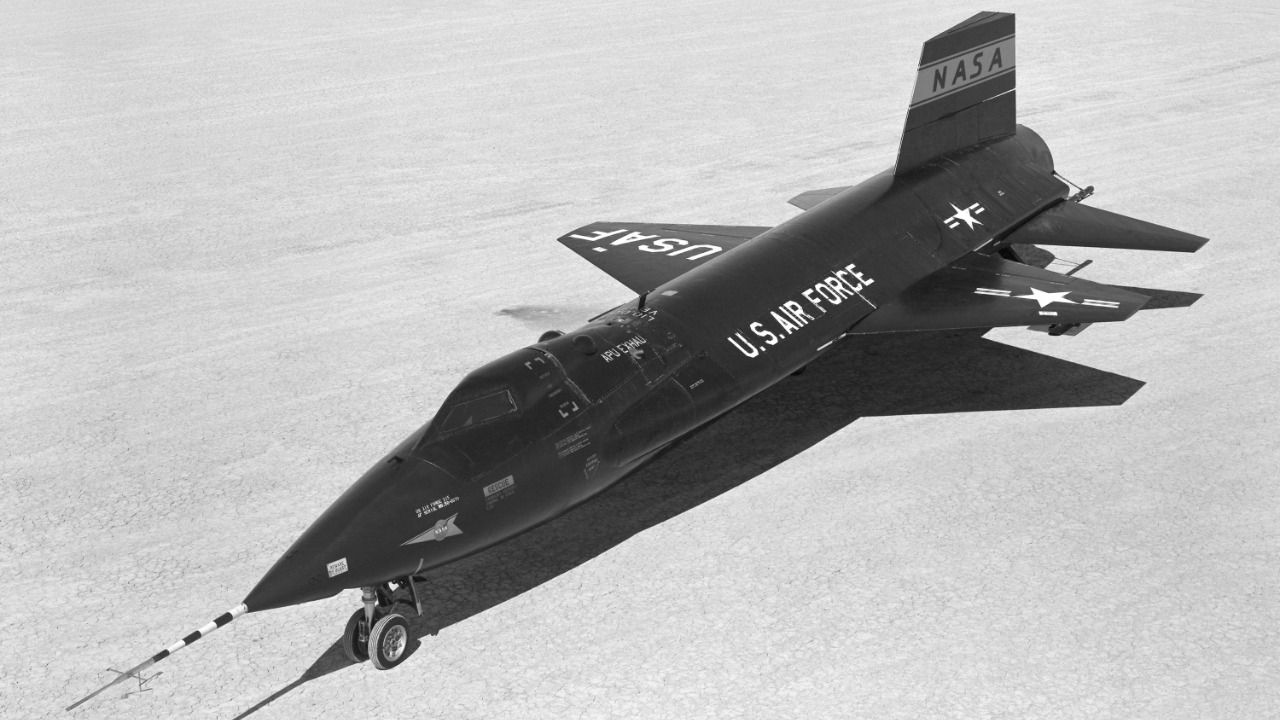
The X-15 rocket-powered aircraft, developed in the 1960s, was a marvel of engineering and a precursor to modern space exploration. With its cutting-edge technology and advanced capabilities, the X-15 was often compared to the fictional starfighters of science fiction, pushing the boundaries of what was possible in aviation and inspiring generations with its daring missions.
The Birth of the X-15 Program
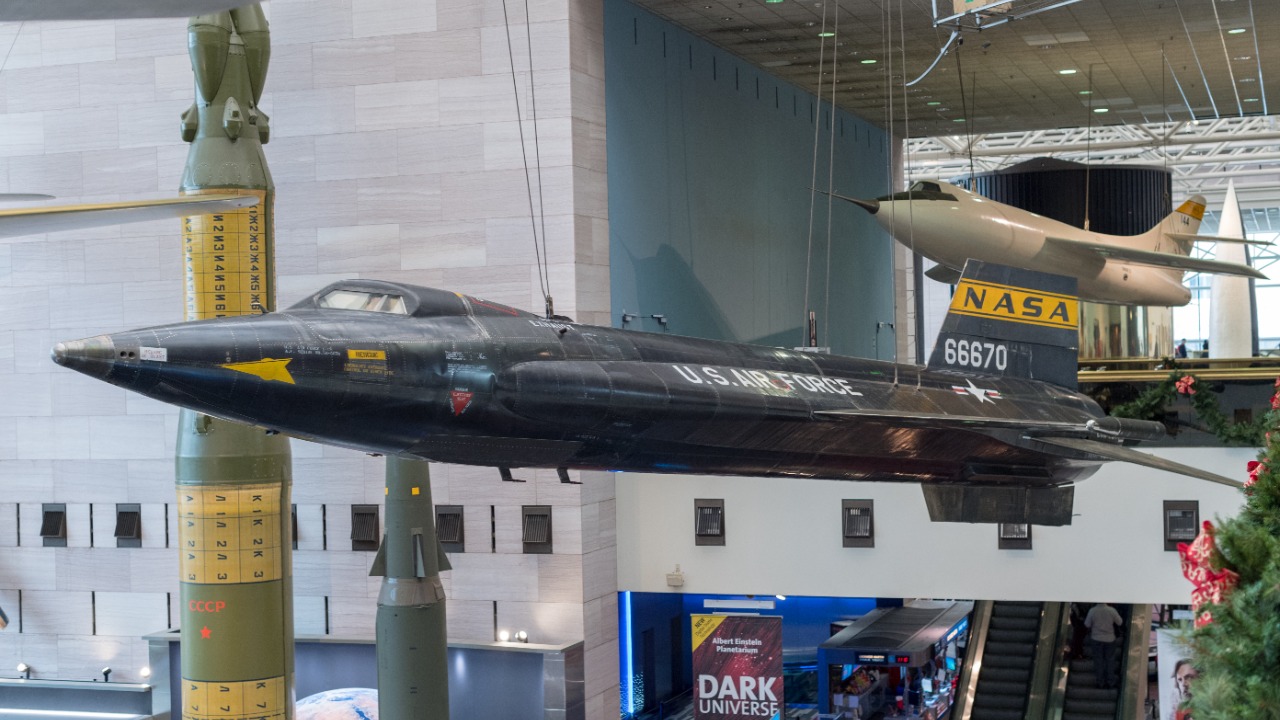
The X-15 program was conceived during an era when the United States was fiercely competing in the space race. The program aimed to develop an aircraft capable of reaching the edge of space, providing valuable data on high-speed, high-altitude flight. Key figures like NASA’s chief of aerodynamics, Walt Williams, and Air Force Major General Albert Boyd were instrumental in championing the program. Their vision was to create a craft that could withstand the extreme conditions of near-space environments, setting the stage for future space exploration.
The X-15’s design was groundbreaking, incorporating a rocket engine that could propel the aircraft to the edge of the atmosphere. Its construction utilized heat-resistant materials like Inconel X, enabling it to withstand temperatures exceeding 1,200 degrees Fahrenheit. The aircraft’s aerodynamic structure was unique, featuring a long fuselage and wedge-shaped vertical stabilizers, designed to maintain stability at hypersonic speeds. Such innovations were vital in achieving the program’s ambitious goals.
Collaboration was key to the X-15’s success. The program was a joint effort between NASA, the U.S. Air Force, and private contractors, including North American Aviation, which built the aircraft. This partnership brought together the best minds in aerospace engineering, pooling resources and expertise to overcome the numerous challenges presented by the program. This cooperative approach not only ensured the X-15’s development but also set a precedent for future collaborations in aerospace projects.
Pushing the Envelope: Record-Breaking Achievements
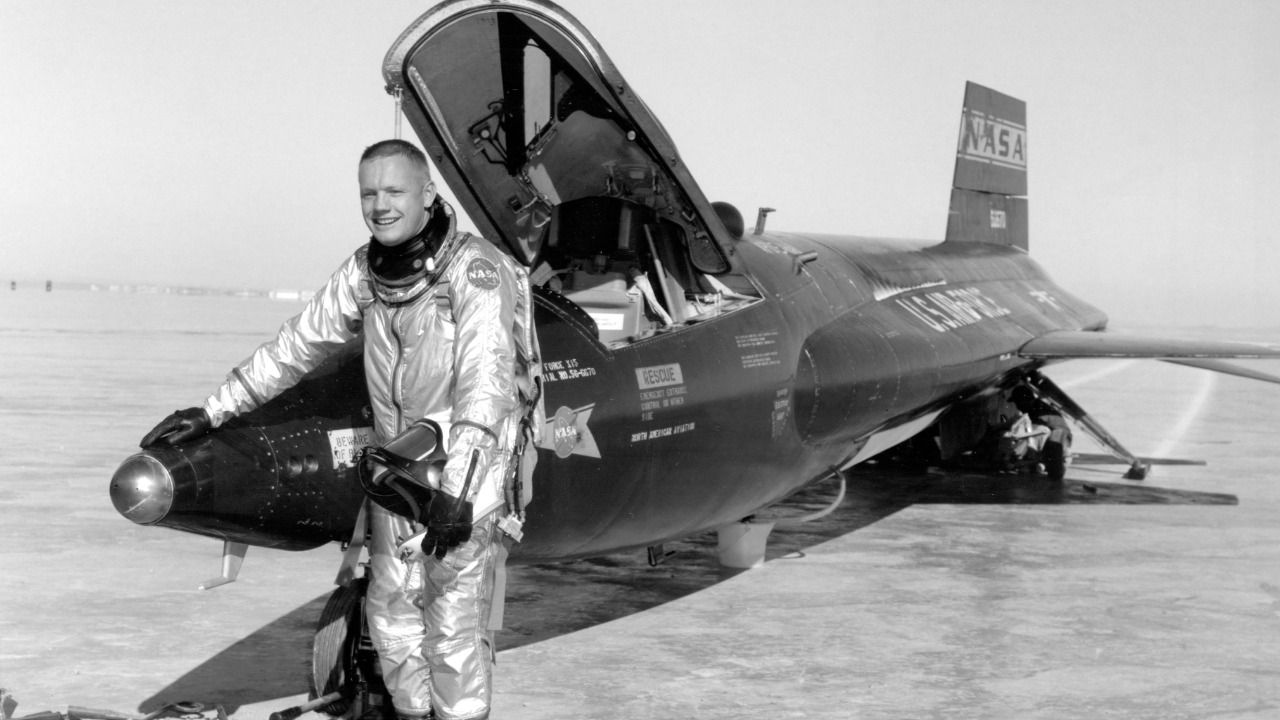
The X-15 set numerous speed and altitude records during its operational period. It achieved a top speed of 4,520 miles per hour (Mach 6.7) and reached an altitude of 354,200 feet, both remarkable feats for the time. These records demonstrated the aircraft’s capabilities and provided invaluable data on the effects of extreme conditions on both human pilots and aircraft systems. Even today, some of these records remain unchallenged, highlighting the X-15’s enduring legacy in aerospace history.
The contributions of the X-15 to space exploration are undeniable. Its missions provided crucial insights into the behavior of vehicles in near-space environments, influencing the design of subsequent spacecraft like the Space Shuttle. The data collected on thermal protection, structural integrity, and control systems during the X-15 flights informed the development of technologies that are still in use in modern spacecraft. The program’s achievements laid the groundwork for humanity’s journey into space.
The X-15 program was driven by a group of courageous test pilots, including Neil Armstrong, Joe Engle, and Scott Crossfield. These pilots played a crucial role in the program’s success, pushing the aircraft to its limits and beyond. Their bravery and skill were instrumental in advancing our understanding of high-speed flight and space exploration. The stories of their daring missions continue to inspire new generations of pilots and engineers.
Technological Legacy and Influence
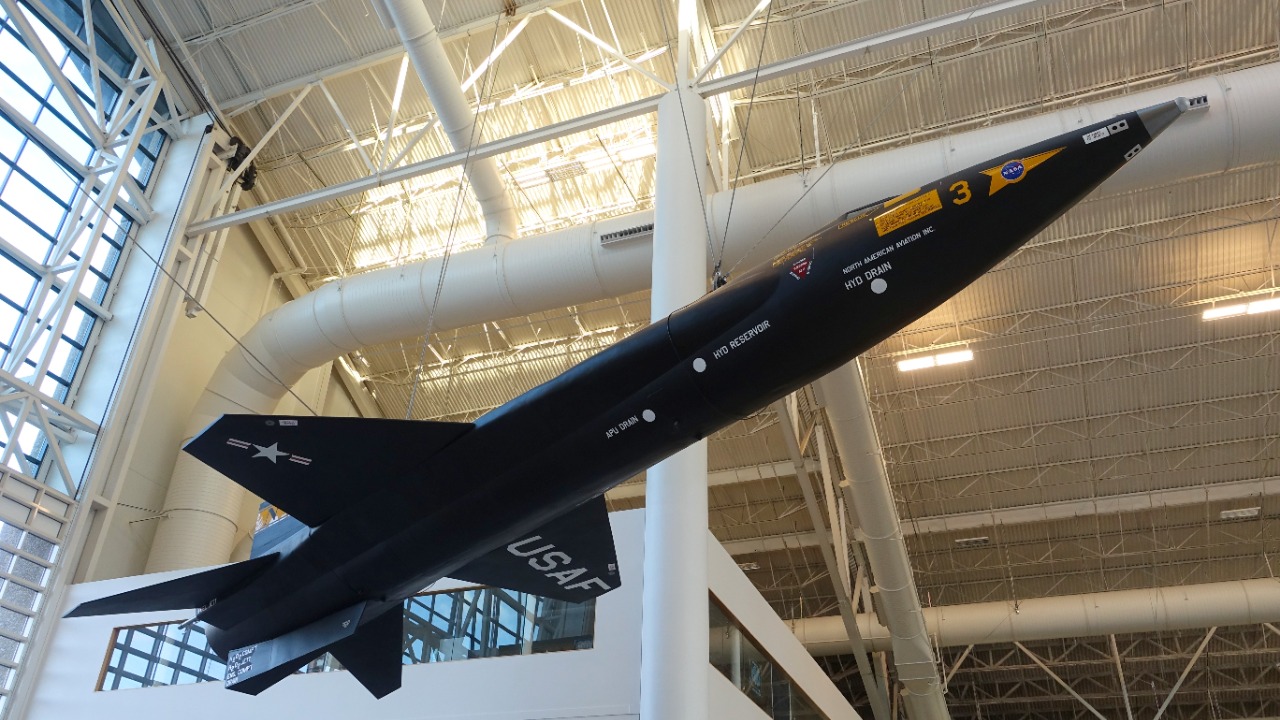
The X-15 introduced numerous advanced technologies that have had a lasting impact on aerospace design. Its pioneering use of a reaction control system for maneuvering at high altitudes influenced the development of similar systems in modern spacecraft. The aircraft’s heat-resistant materials and aerodynamic innovations set new standards in engineering, serving as a model for future designs. The lessons learned from the X-15 program continue to inform the development of cutting-edge aerospace technology today.
Beyond its technical achievements, the X-15 left a mark on popular culture. Its daring missions and futuristic design captured the public’s imagination, inspiring science fiction creators and influencing the portrayal of starfighters in media. The X-15’s influence can be seen in various films and video games, where its sleek lines and capabilities are echoed in the design of fictional spacecraft. This cultural impact has helped keep the memory of the X-15 program alive in the public consciousness.
The program also provided numerous technical and operational lessons that continue to benefit aerospace engineering. From its innovative use of simulators for pilot training to the implementation of new materials and control systems, the X-15 program set benchmarks for future projects. The knowledge gained during its missions has been invaluable in advancing our understanding of high-speed flight and space exploration.
The X-15 and Its Fictional Counterparts
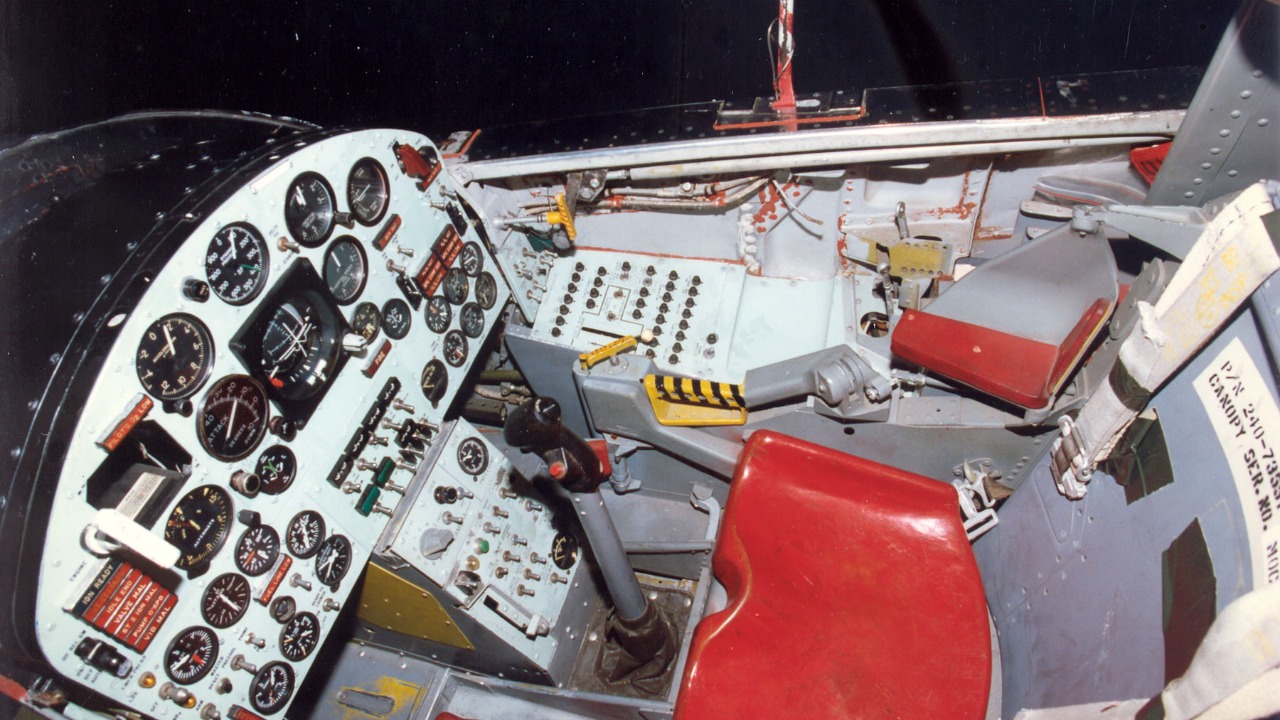
In many ways, the X-15 was akin to the starfighters depicted in science fiction. Its sleek design and impressive capabilities drew parallels to iconic fictional spacecraft, such as those seen in the “Star Wars” universe. The X-15’s ability to reach the edge of space and return safely made it a real-world counterpart to these imagined vehicles. Its influence can be seen in modern depictions of starfighters, where the lines between reality and fiction blur.
The X-15 captured the imagination of the public, much like the starfighters of science fiction. Its missions embodied the spirit of exploration and adventure, inspiring awe and admiration. The aircraft’s feats resonated with a generation eager to explore the unknown, reinforcing the idea that humanity’s future lay among the stars. This fascination with the X-15 continues to inspire interest in aerospace and space exploration.
In contemporary aviation, the X-15’s influence is evident in the design of modern aircraft and space vehicles. New technologies and materials developed for the X-15 have found their way into current aerospace projects, reflecting the program’s lasting impact. Its legacy can be seen in the futuristic designs of vehicles in films and games, such as the starfighters in Star Wars Battlefront, where the X-15’s influence is unmistakable.
Enduring Impact and Inspiration
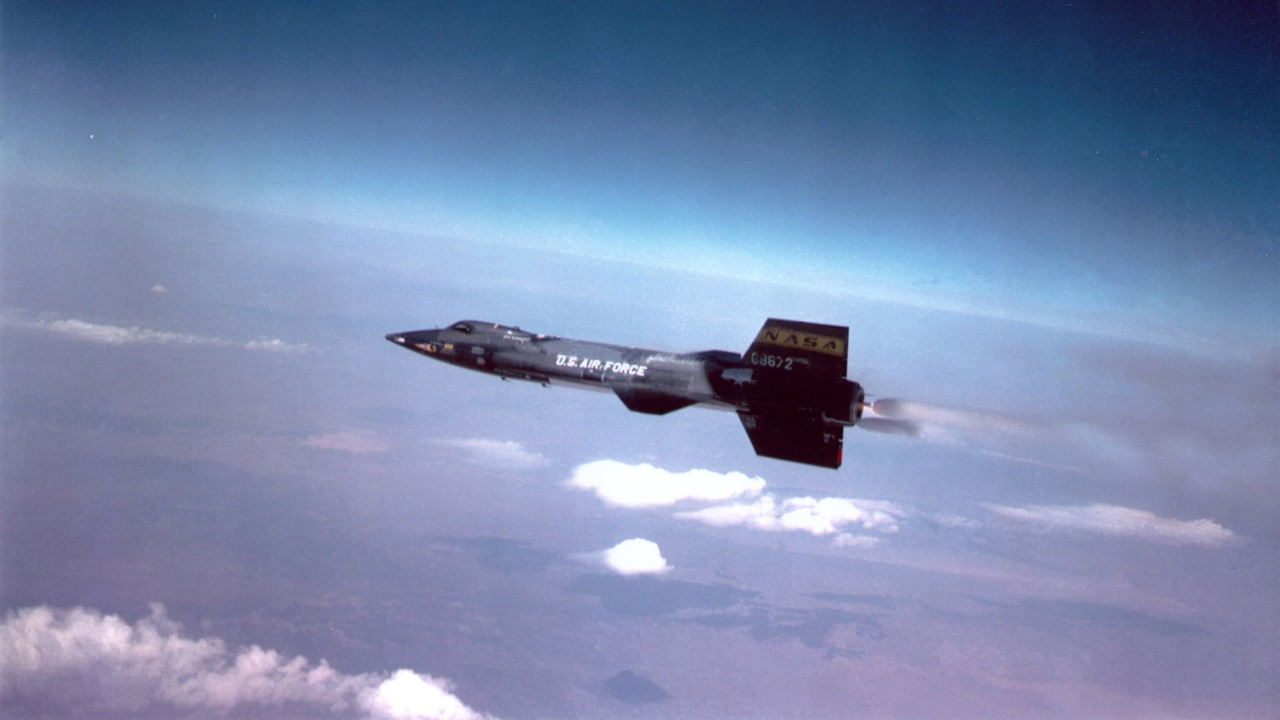
The X-15 has played a significant role in inspiring interest in STEM fields, encouraging young minds to pursue careers in aerospace engineering and astronautics. Educational programs and initiatives often highlight the X-15’s achievements, showcasing the possibilities of innovation and exploration. This legacy of inspiration continues to motivate students and professionals alike to push the boundaries of what is possible in aerospace.
Efforts to preserve the history of the X-15 are ongoing, with exhibits and commemorative events dedicated to its legacy. Museums around the world, including the Smithsonian National Air and Space Museum, house X-15 artifacts and displays, ensuring that future generations can learn about this remarkable aircraft. Such preservation efforts are crucial in maintaining the memory of the X-15’s contributions to aerospace history.
The X-15’s legacy continues to inspire innovation and exploration in the aerospace industry. Its achievements serve as a reminder of the potential for human ingenuity to overcome challenges and explore new frontiers. As we look to the future, the spirit of the X-15 lives on in the next generation of aerospace pioneers, who continue to reach for the stars.